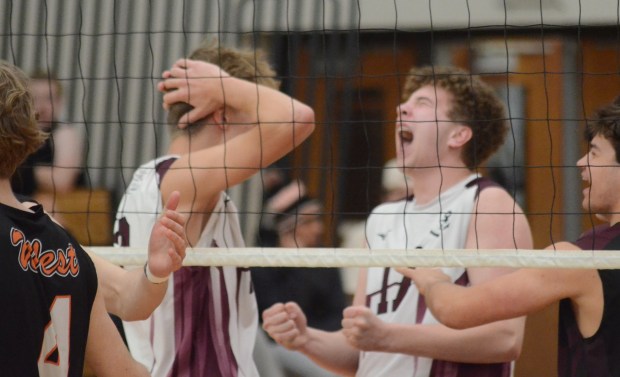At its meeting Monday, the Indian Prairie School District 204 board approved a $2.3 million purchase of 6,000 new Chromebooks for students.
All second-, sixth- and ninth-graders in the district will receive new Chromebooks next school year, which they will use for the next three to four years until they are due to be replaced again.
Previously, the district replaced computers by elementary, middle and high school. For instance, all elementary school students would receive an upgraded Chromebook during the same year, and all high school students during a different year.
But Rod Mack, the district’s chief technology officer, said this led to major fluctuations in the technology budget from year to year.
“This allows us to buy almost the same amount (of computers each year),” Mack said. “It’s almost the same budgetary line item every year moving forward.”
Implemented in last year’s fiscal budget, this new staggered system means that the district will be replacing student computers every year, rather than in large chunks every few fiscal years. Mack said this plan ensures there is enough money each year for regular maintenance – replacing copiers, updating wireless networks and other tech-related improvements.
The cost of the Chromebooks – $2,340,200 – is allocated in the technology supplies budget for this year. It includes all costs except the Chrome licensing, which Mack said the district will do later this year, but is already factored into this year’s budget.
The technology budget for the district will remain largely unaffected by the fall referendum where voters approved a proposal by the district to sell up to $420 million in bonds which will be spent on facilities improvement. But Mack said some of the projects, like installing LED lighting, might lower operating costs for technology.
All students in District 204, aside from early childhood, have their own school computers, or one-to-one access, according to Mack. Kindergartners and first-graders keep them at school, while grades two and above are responsible for bringing their computers to and from school. The district says it has over 40,000 district-issued devices, including all student computers, as well as copiers, computers permanently set up in schools and other devices.
“I would say probably most districts since the pandemic, though, are one-to-one in some way, shape or form,” Mack said. “I was in a district right next door prior to this, and we were not one-to-one until the pandemic.”
Since it is only the second year the district is upgrading technology this way, Mack said it’s still too early to tell whether this plan will save money or improve the functioning of the technology in the long-run. He said his biggest concern is the district’s technology professionals managing multiple different models of Chromebooks simultaneously, in terms of making repairs and ordering replacement parts.
But he believes the system is ultimately beneficial for kids in the district.
“It puts everybody on a level playing field just because they can all access online resources – that’s assuming everyone has WiFi at home,” he said, noting that students can check out hotspots from the library if they don’t have internet access at home.
And he pointed out that having the same computer for three or four years can teach a valuable lesson in responsibility.
“The kids have a little more ownership over it,” Mack said of the student computers going forward. “To say, ‘This is yours until you leave. You need to take care of it.’”
mmorrow@chicagotribune.com





